#a bivalve
Explore tagged Tumblr posts
Text
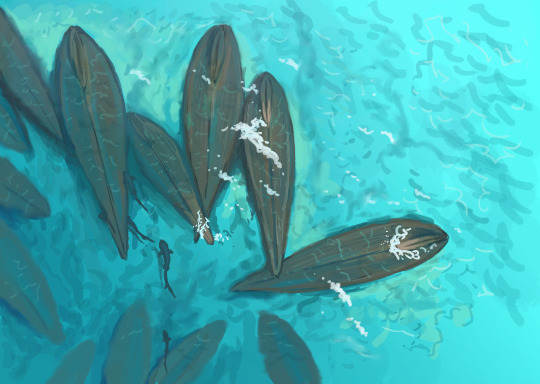
I think many people didn't realize it, but the Permian bivalve I posted yesterday and made look like a ship graveyard was indeed over a meter long. Shikamaia was distributed throughout the global north and potentially employed chemosynthetic bacteria.
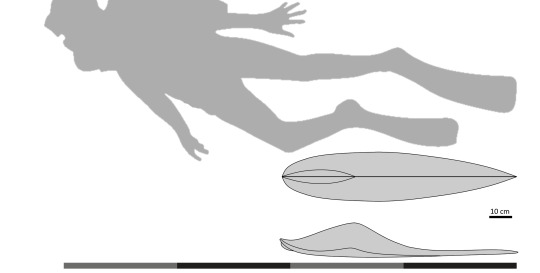
1K notes
·
View notes
Text
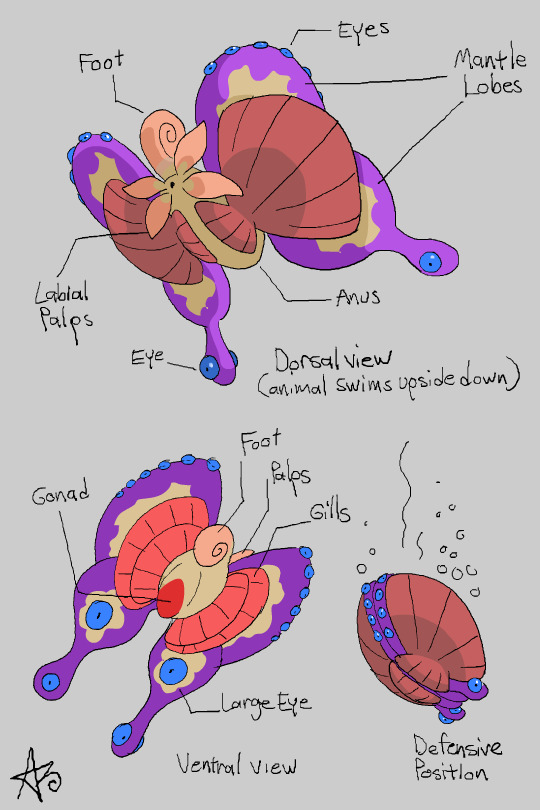
Ko-fi Dooble – “A fusion between a clam and a butterfly“
Skyllop (it’s still completely aquatic)
456 notes
·
View notes
Text

Piddock (Pholadidea sp.) By: General Biological Supply House, Inc. From: The Science of Zoology 1966
#piddock#bivalve#mollusk#invertebrate#1966#1960s#General Biological Supply House Inc.#The Science of Zoology (1966)
95 notes
·
View notes
Note
Not sure if this is your area of expertise but why do spinosaurus models seem to change so much more often than other dinosaurs? I feel like every year there’s a different idea of what it looks like when other dinosaurs have only been updated like once or twice.
honestly. there’s very few spinosaur fossils (*the* holotype was destroyed in the 40s i believe, and although spino teeth are abundant and casts were made of the type, i don’t think many examples of in-situ remains have been found) and a lot of the models are based on limited evidence. depending on who’s looking at the data and what exactly is analyzed, things can change. i am not very familiar w vertebrate paleontology so it’s hard for me to explain that very well, but i hope this makes sense!
there’s a lot of public attention on dinosaurs (spinosaurs especially) so ppl are extra motivated to do these studies 🤷♀️ there’s a lot of stuff going on with tyrannosaurs in north and central-ish america right now too
#talk#ask#i don’t care for dinosaurs ngl#my heart lies w bivalves and plants and all the inverts !!!
85 notes
·
View notes
Text

Alexis Trice (American, 1982) - A Bivalve Song (2025)
131 notes
·
View notes
Text
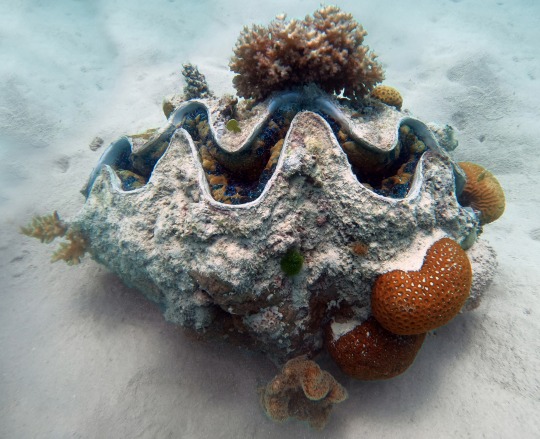
By Charles J. Sharp - Own work, from Sharp Photography, CC BY-SA 4.0
159 notes
·
View notes
Text

Trachycardium isocardia
#Trachycardium isocardia#West Indian prickly cockle#wikipedia pictures#wikipedia#wikimedia commons#nature#animals#bivalve#bivalve mollusk#animalia#mollusca#bivalvia#cardiida#cardiidae#ocean animals#marine animals#mollusk#molluscs#cockles#marine biology#marine biodiversity#ocean aesthetic#oceancore#marine aesthetic#sea animals#sea creatures#ocean creatures#marine creatures#seashells
95 notes
·
View notes
Text
Happy Holidays 2023 from ASO!

Happy Holidays from the ASO Team! This year we're all collectively sharing the seasonal cheer, just like Sonic and pals are! See if you can tell who drew who! And what's that Sonic is holding? Open on Dec. 31st, huh? Guess you'll all need wait just a bit longer for the surprise.
Art by @drawloverlala, @pichi-08, @sofibeth-arts, @lankstir21, @salsacoyote, @corythec, @nebuleeart, @little30flames, @kitareartist, @arantarisu-yamu, @darknoisestudio, Tempo, AluSniper, The Magyar, JonnyUnique, Dict.Cola, Sea-Salt, Gaia Ruggenini, Tom Carter “IndexSonic”, _GR33N_RAT_, Nekasa, JaSketch, Pesky-Pincushion, and AidenEye!
#archie sonic online#archie sonic#sonic the hedgehog#merry christmas#happy holidays#aso#sally acorn#knuckles the echidna#amy rose#shadow the hedgehog#miles tails prower#rotor the walrus#nicole the holo lynx#antoine d'coolette#bunnie rabbot#cream the rabbit#cheese the chao#big the cat#froggy#bivalve#julie su the echidna#espio the chameleon#charmy bee#mighty the armadillo#ray the flying squirrel#uncle chuck#blaze the cat#marine the raccoon#rouge the bat#silver the hedgehog
551 notes
·
View notes
Text
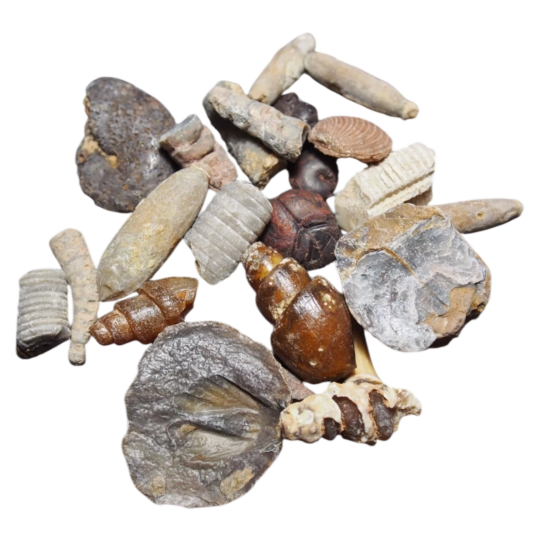
Mix fossils Ammonite Teeth Shark Gastropods lot Bivalve Goniatite Crinoide 11
#gastropods#ammonite#bivalve#goniatite#crinoid#multi#fossil#fossils#png#transparent#paleontology#paleo#paleoblr
100 notes
·
View notes
Text
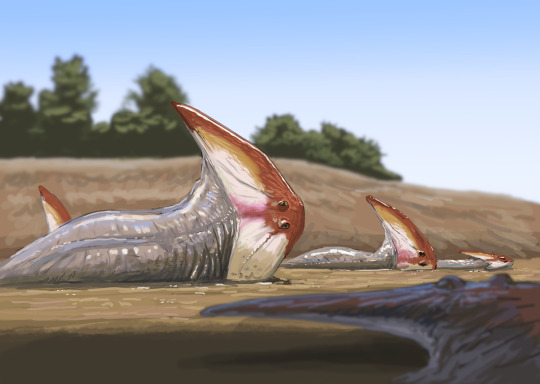
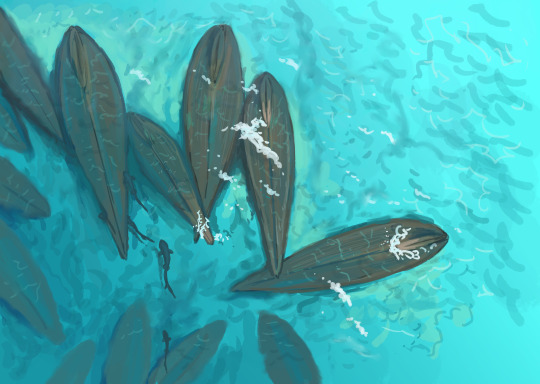
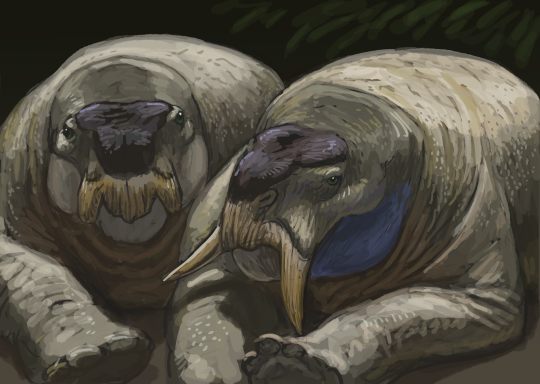
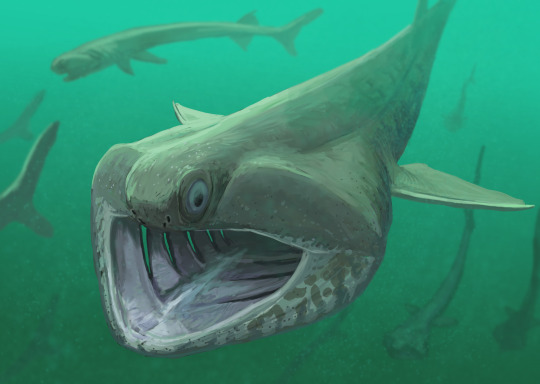
Results from the #paleostream
Diplocaulus minimus, Shikamaia (giant Permian bivalve), Placerias (male and female) and Acanthodes
#paleoart#sciart#paleostream#palaeoblr#dinosaur#triassic#fish#dicynodont#placerias#bivalve#diplocaulus
652 notes
·
View notes
Text
By studying calcifying organisms, Leanne aims to better understand the impacts of human activity on marine ecosystems. Through her research, she hopes to influence policy that helps protect marine calcifiers in the future.
“Why is this important? The idea is that the more porous the shell, the weaker it is. Mussels need strong, robust shells to protect their inner soft organs—and that strong 3D structure is important for ecosystem function as habitat formers and storm defenses.
Currently, the changes seen in shell porosity are not large enough to influence the material properties, so we aren’t seeing weaker shells just yet. But with further warming in our oceans being predicted, this could potentially lead to even more porous shells, potentially impacting mussels’ function as habitat formers and storm defenses, as well as their ability to protect themselves from predation,” Melbourne explains.
Learn more about her research here.
#science#museum#amnh#natural history#nature#marine biology#marine ecosystem#mussels#bivalve#did you know#fact of the day#research#women in stem#climate change#conservation#earth month#earth day
381 notes
·
View notes
Text
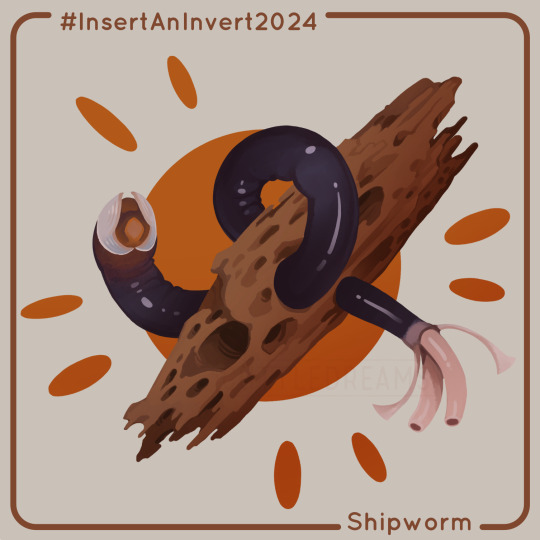
🪱 #InsertAnInvert2024
Worms: Long and Limbless
Shipworm
Despite the appearance, shipworms are actually a mollusc! These bivalves have evolved to use their shells not for protection, but for boring through driftwood.
------
Interested in learning more about the invertebrate animals around us? Join into the year-long InsertAnInvert event organized by Franzanth, where every week a new animal is spotlighted! Draw unique animals, read up on cool facts, or just follow the tag online to see a lot of cool artwork.
Prompt List: https://bsky.app/profile/franzanth.bsky.social/post/3khyob3xn742q
------
Like my work? Visit my shop, or support me on Ko-Fi!~
#cuttledreams#insertaninvert2024#shipworm#bivalve#molluscs#I love shipworms#have wanted to paint some for almost a year and am so happy it was on the prompt list
239 notes
·
View notes
Text
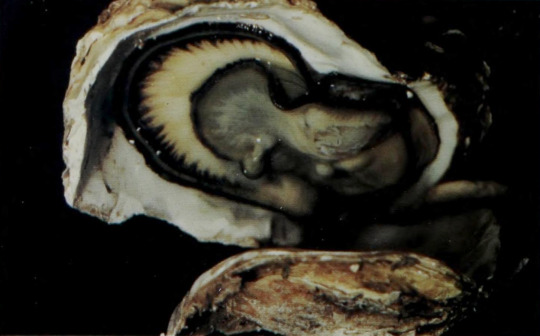
Portuguese oyster (Gryphea sp.) By: R. H. Noailles From: The Science of Zoology 1966
109 notes
·
View notes
Note
lemme see ur fossil bivalves pls ily
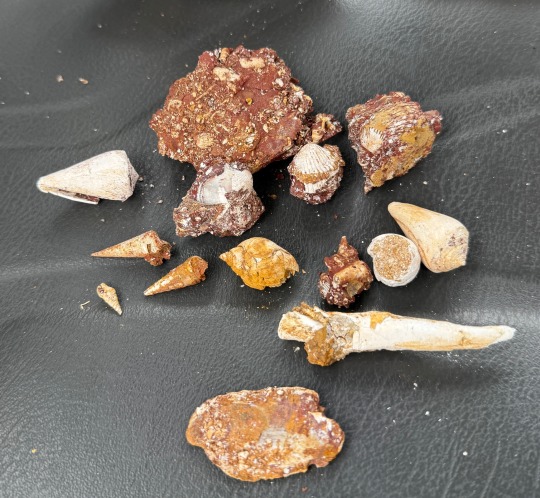


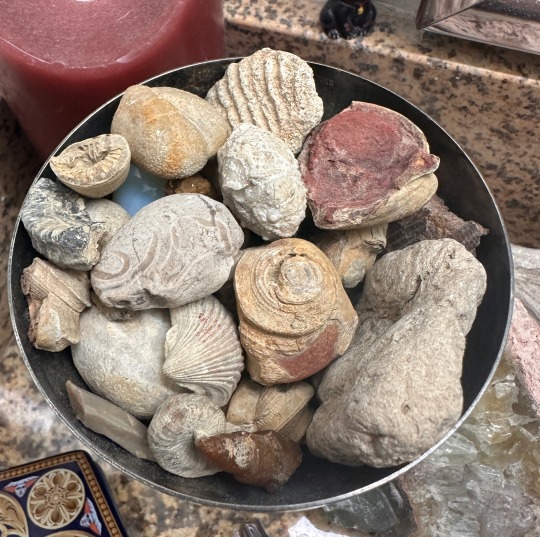

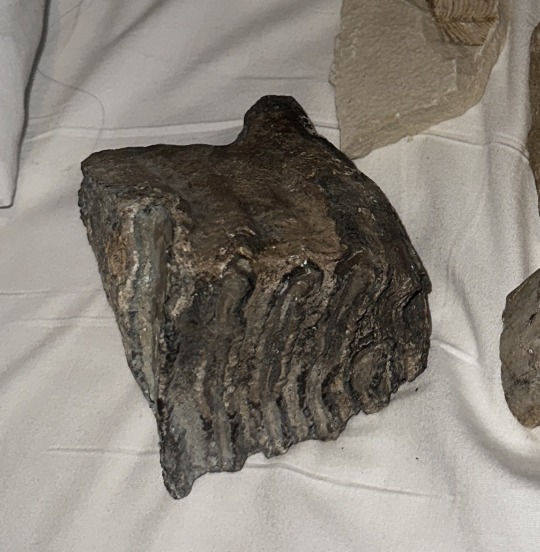
the specific bivalves i was talking about are not available atm (they are in place to freak ppl out) BUT here’s a few pics of my other little fossils!!
1st pic: dug these out of the upper cook mountain formation in south texas myself recently !!
2nd/3rd: mazon creek concretion i got to crack open myself. was very fun!! (i have another cracked one somewhere too, and one also currently in the freezer undergoing an artificial freeze thaw process)
4th: my lil chalice of fossils. mostly from central tx (a few very well preserved echinoids, bivalves, porocystis globularis, gastropods, coral, and ammonite pieces !!)
5th: a pretty well-preserved ammonite i got from a collections lab freebie pile :3
6th: partial mammoth tooth from new mexico!!! i used it as a doorstop sometimes but that felt rude
#talk#ask#i do have pics of some of the bivalves but not the ones suited for nefarious purposes#i pried them out of the side of the river bank when tubing w friends last summer haha !!!
90 notes
·
View notes
Text

Some representative marine bivalves.
From Storer, Usinger, Stebbins, and Nybakken (1972) General Zoology (5th Ed.).
99 notes
·
View notes
Text

#asian green mussel#mussel#bivalve#mollusc#mollusk#wet [critter creature or beast] wednesday#wednesday poll
101 notes
·
View notes